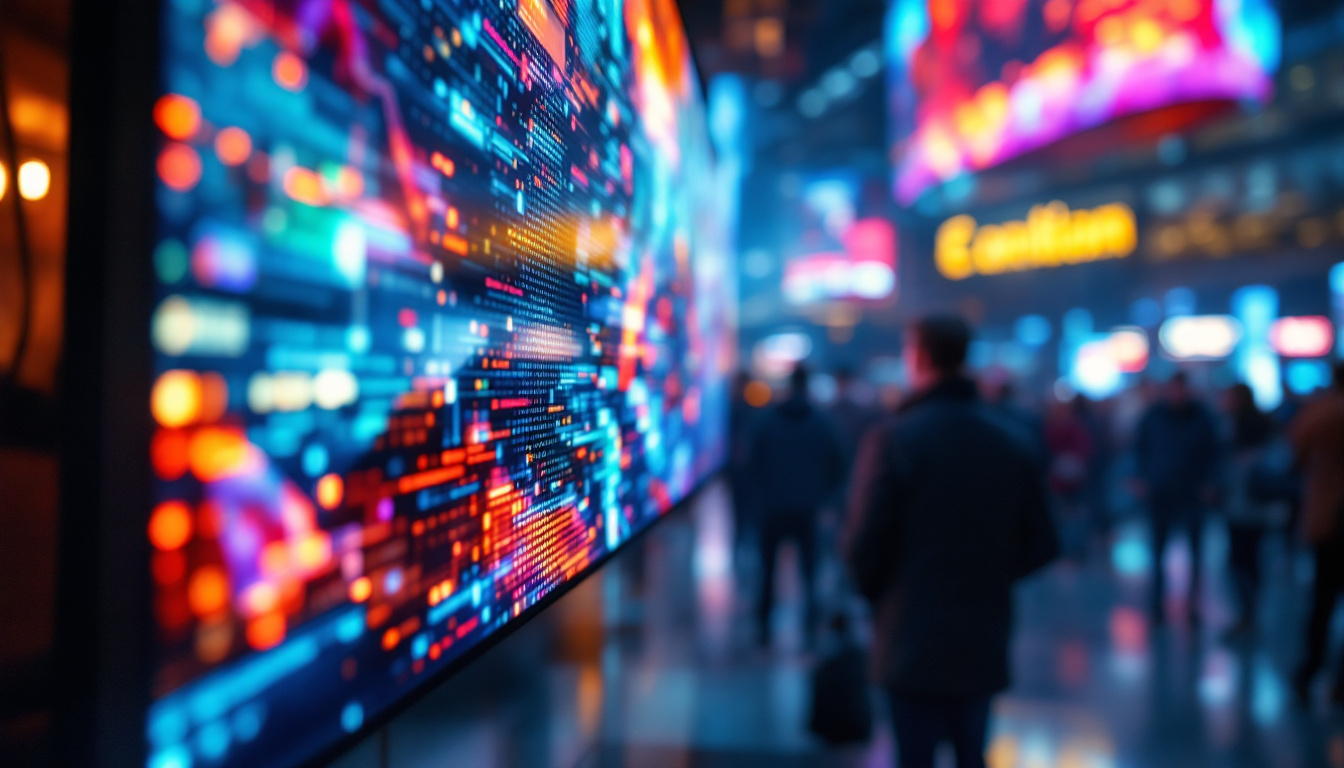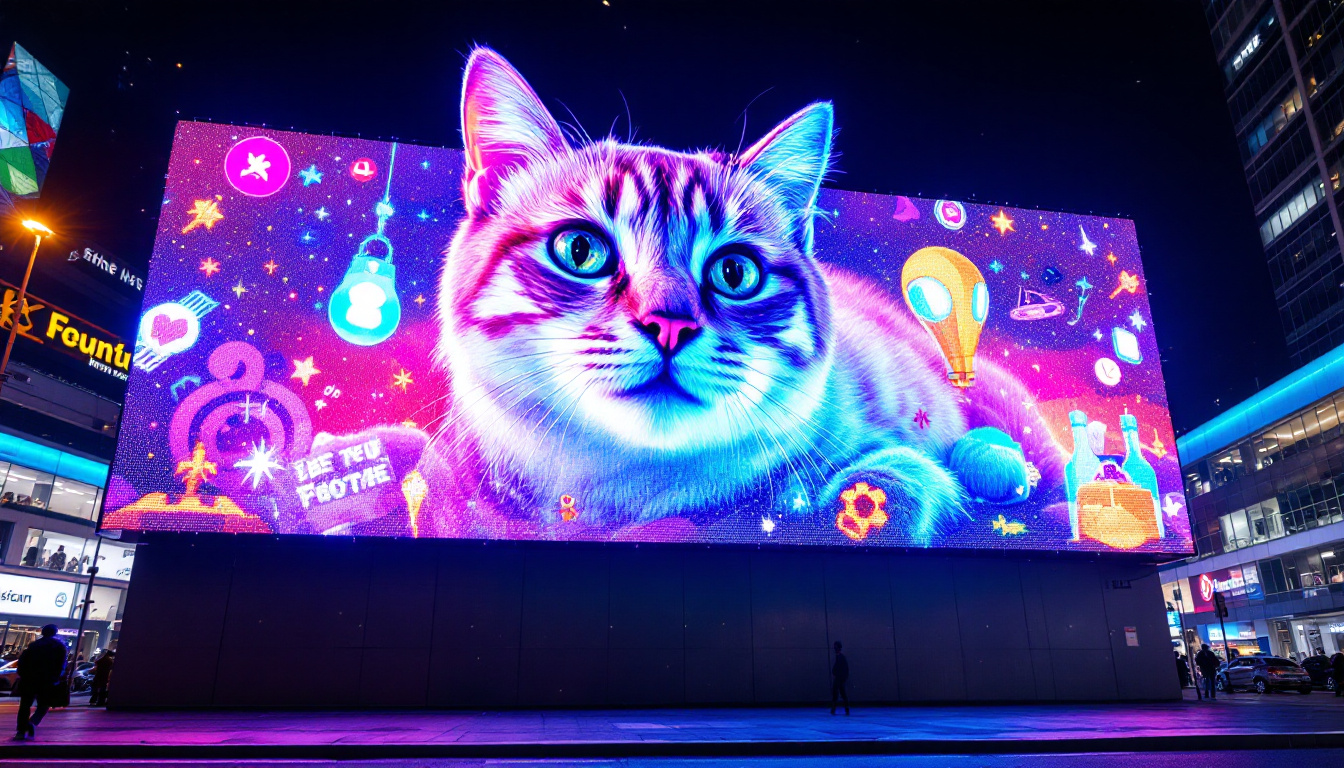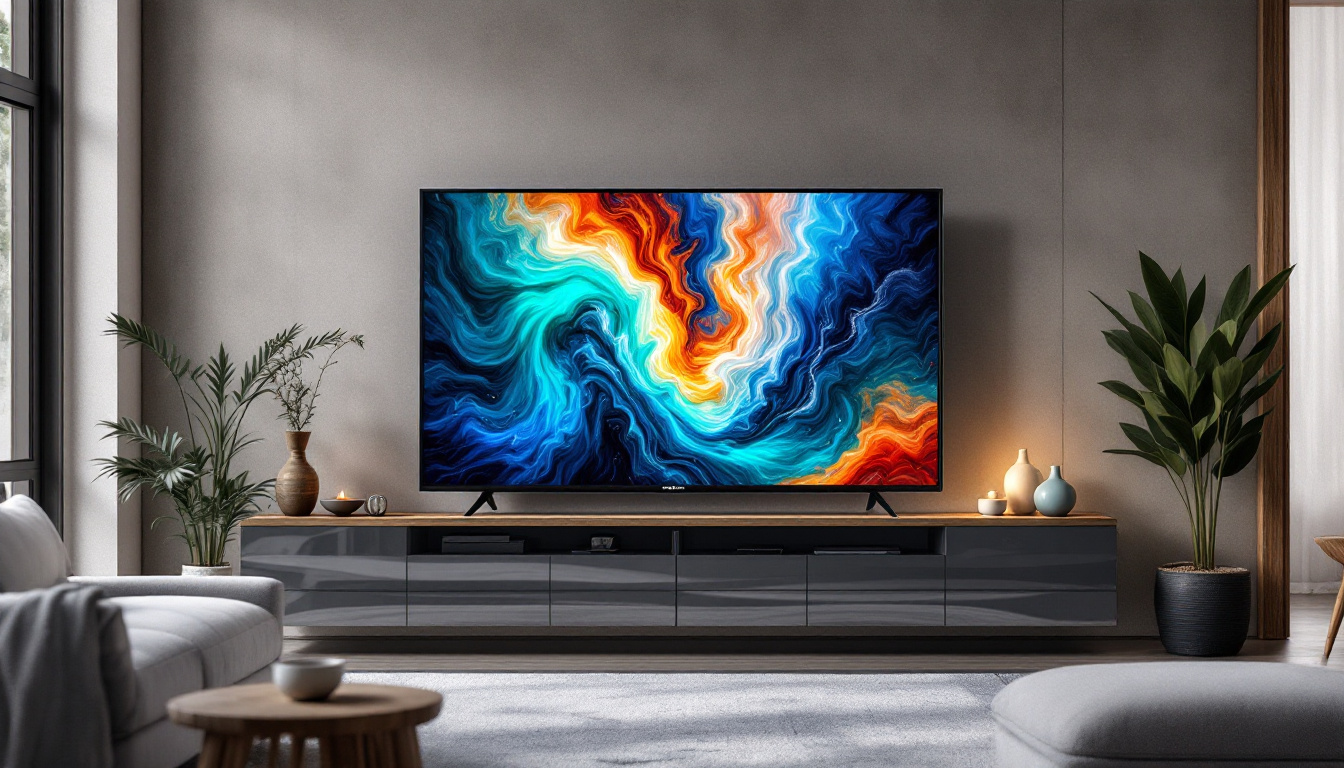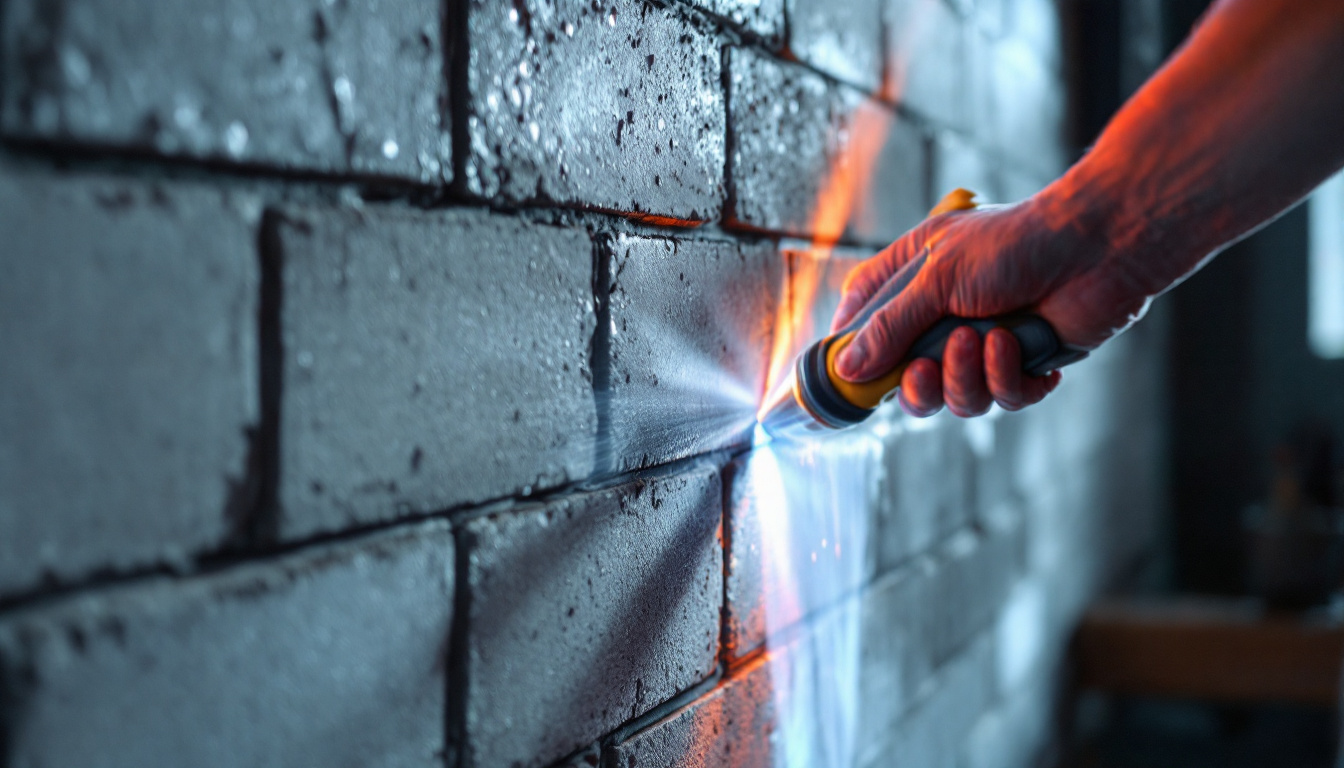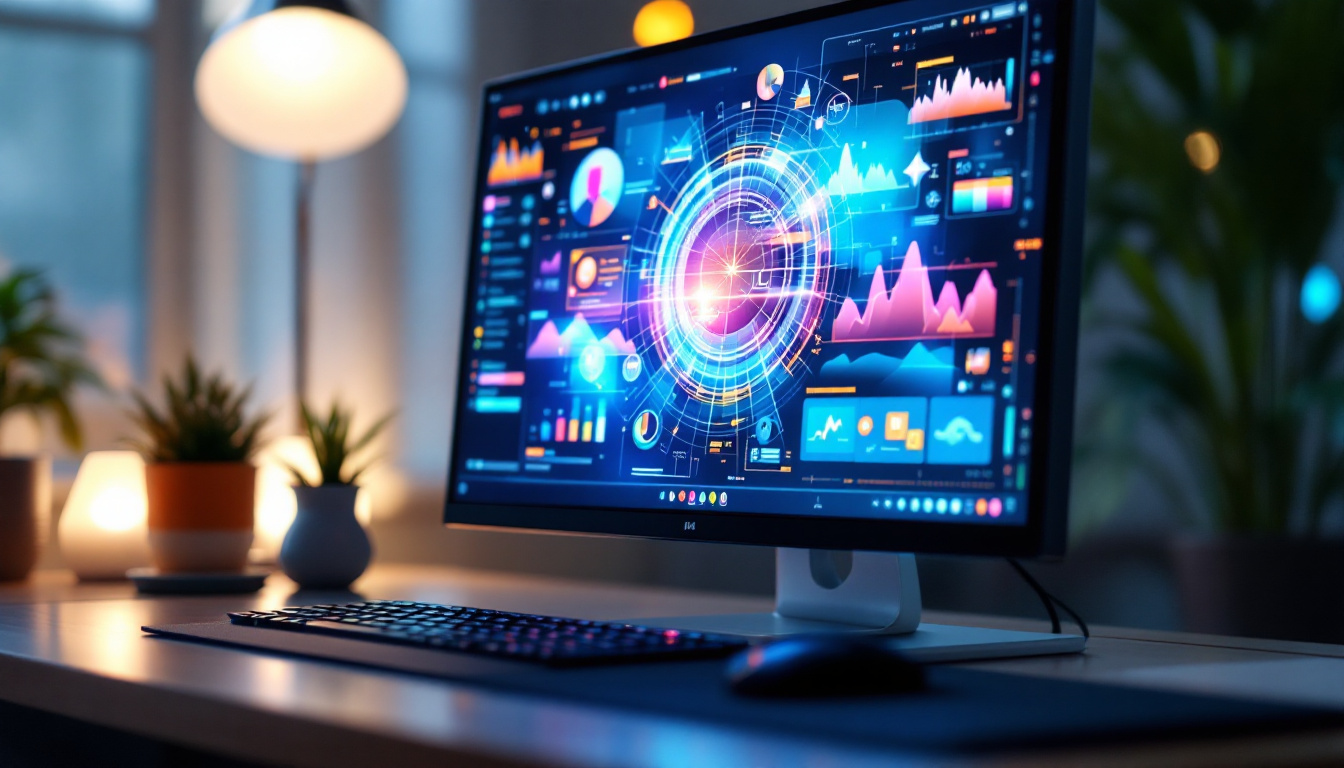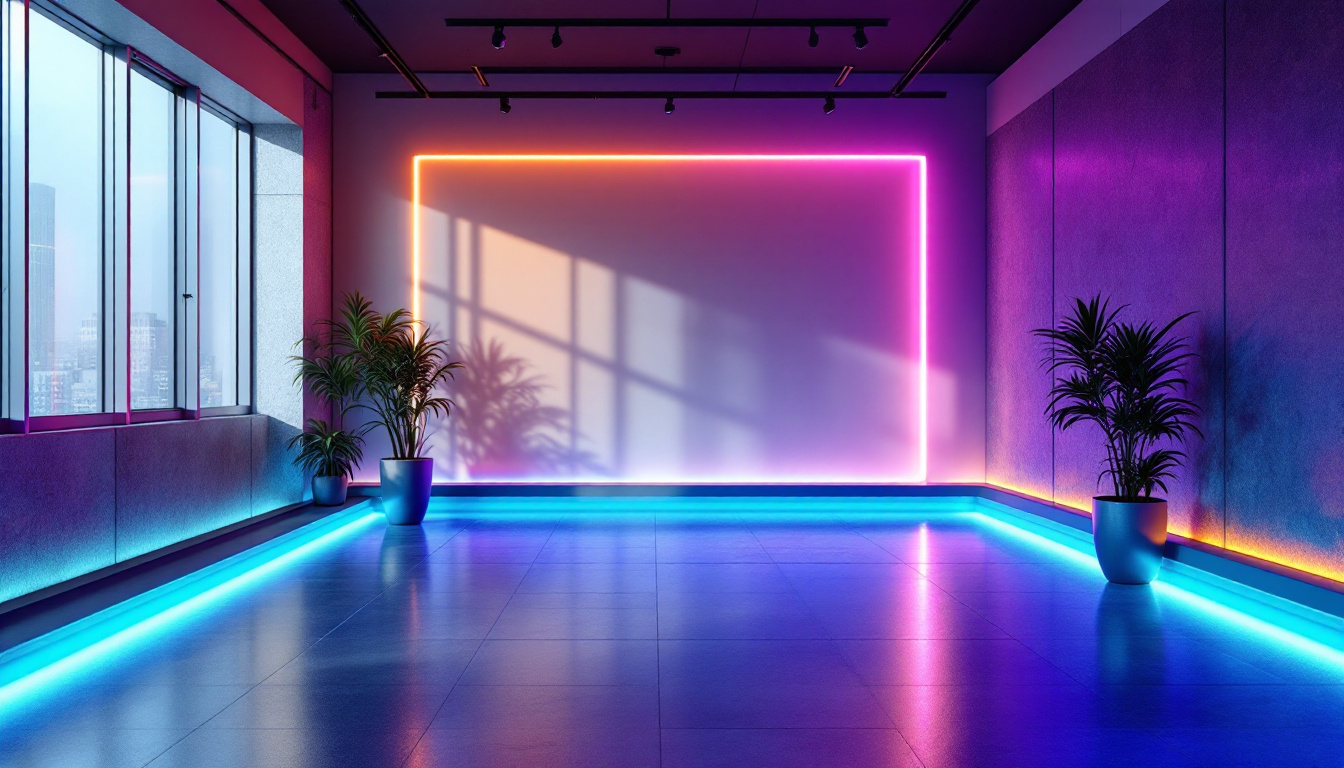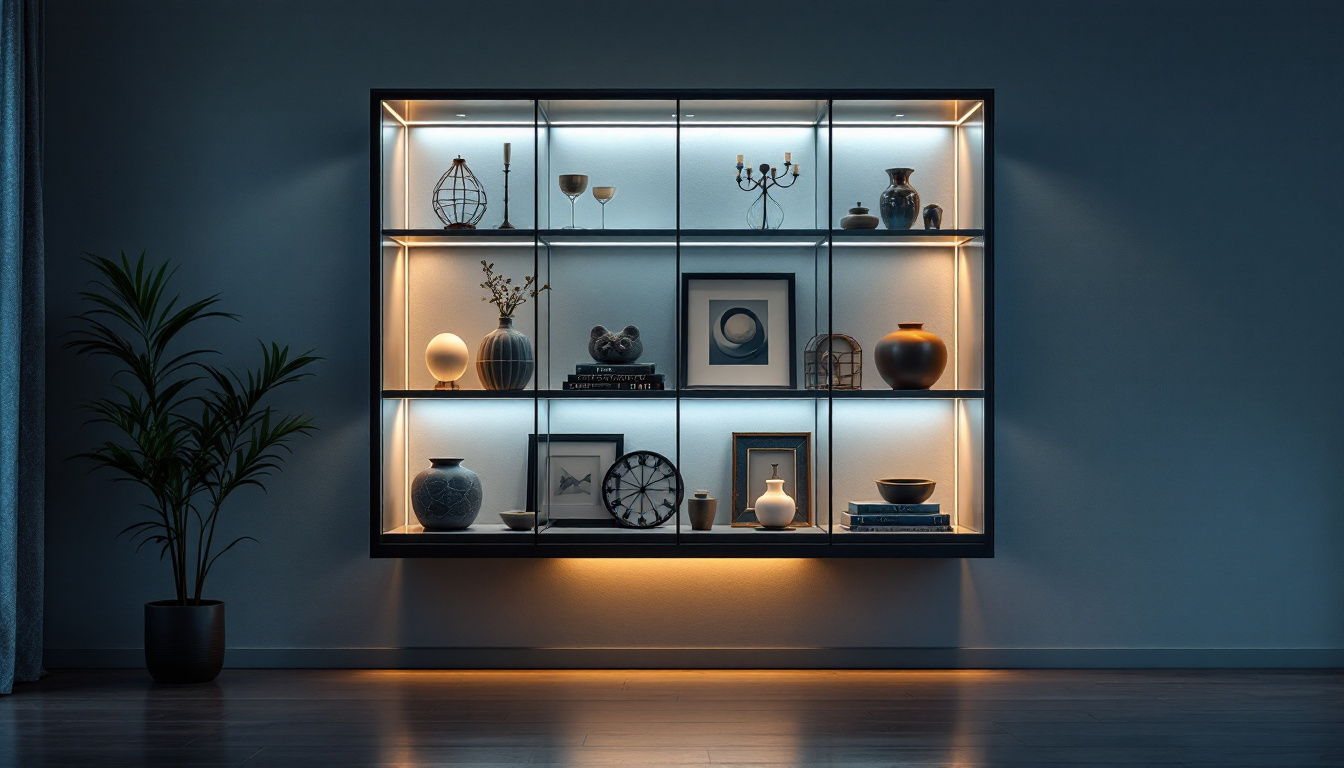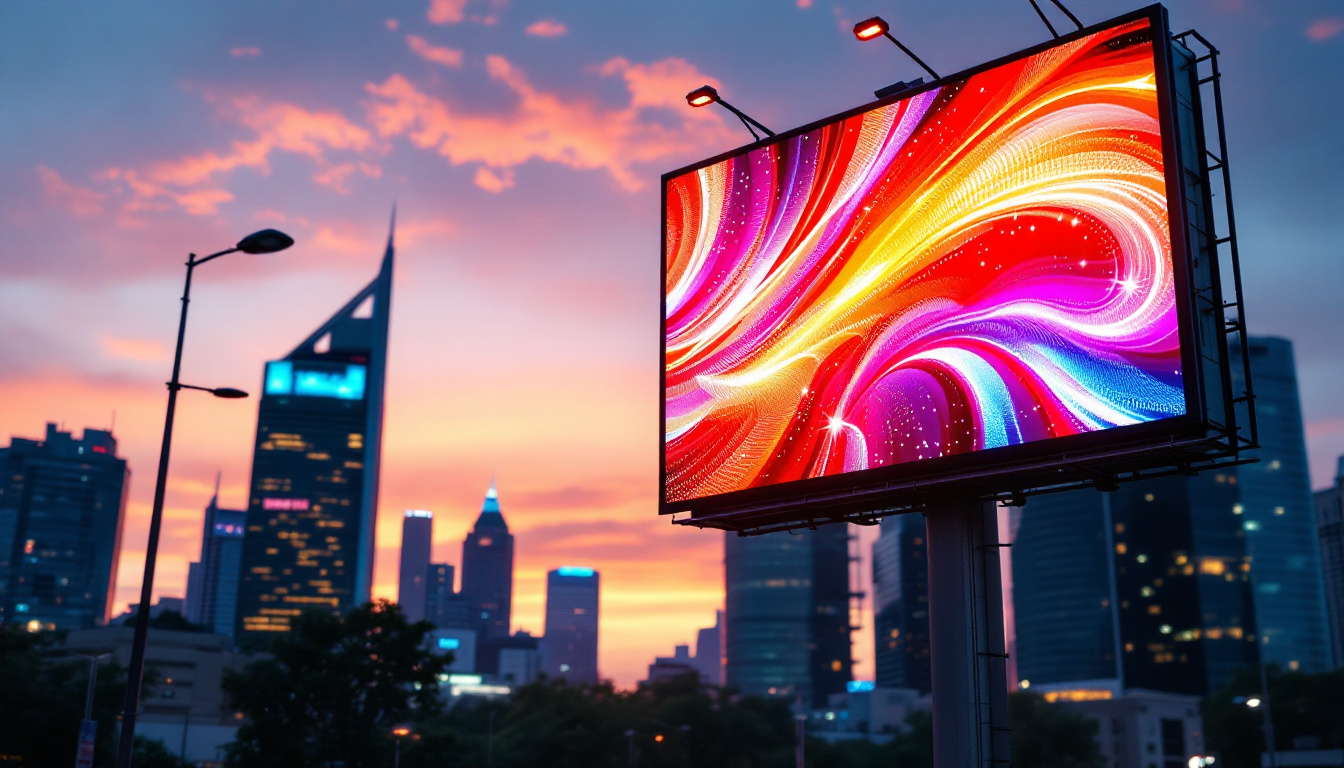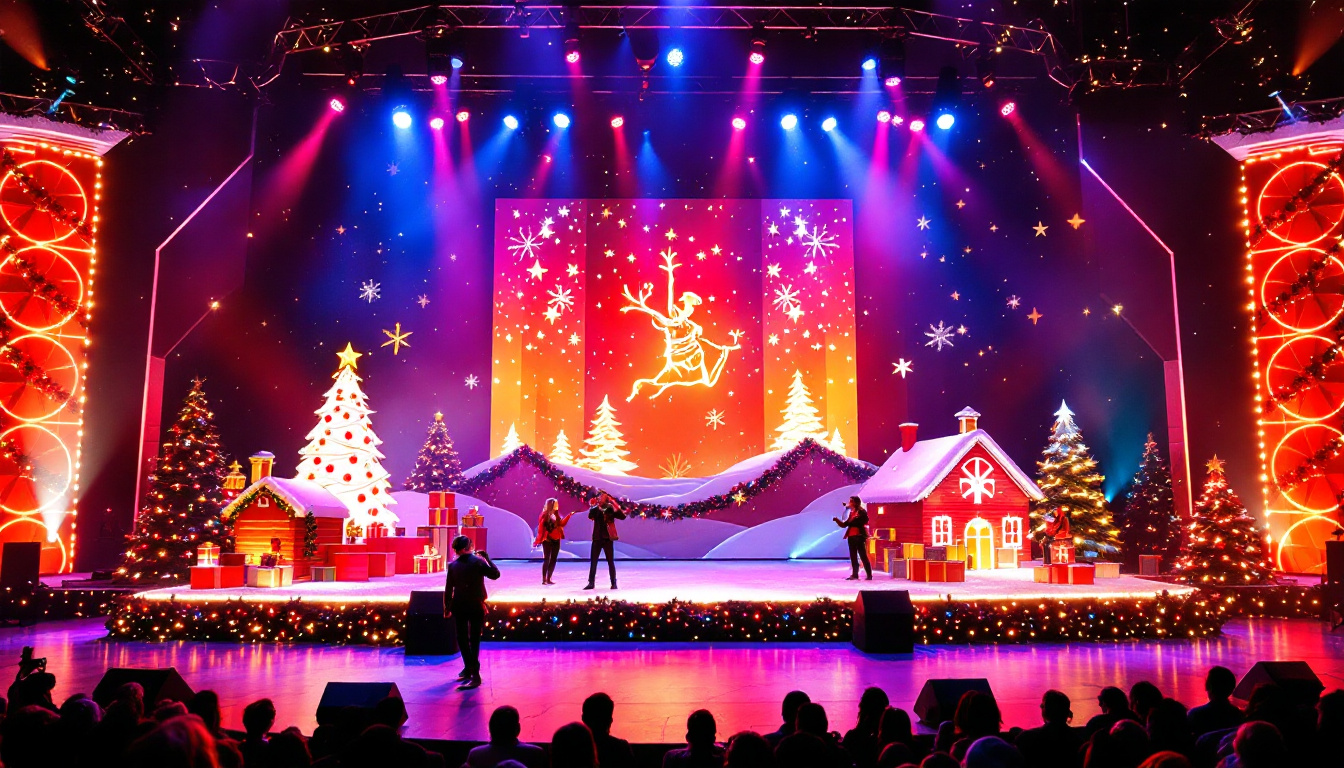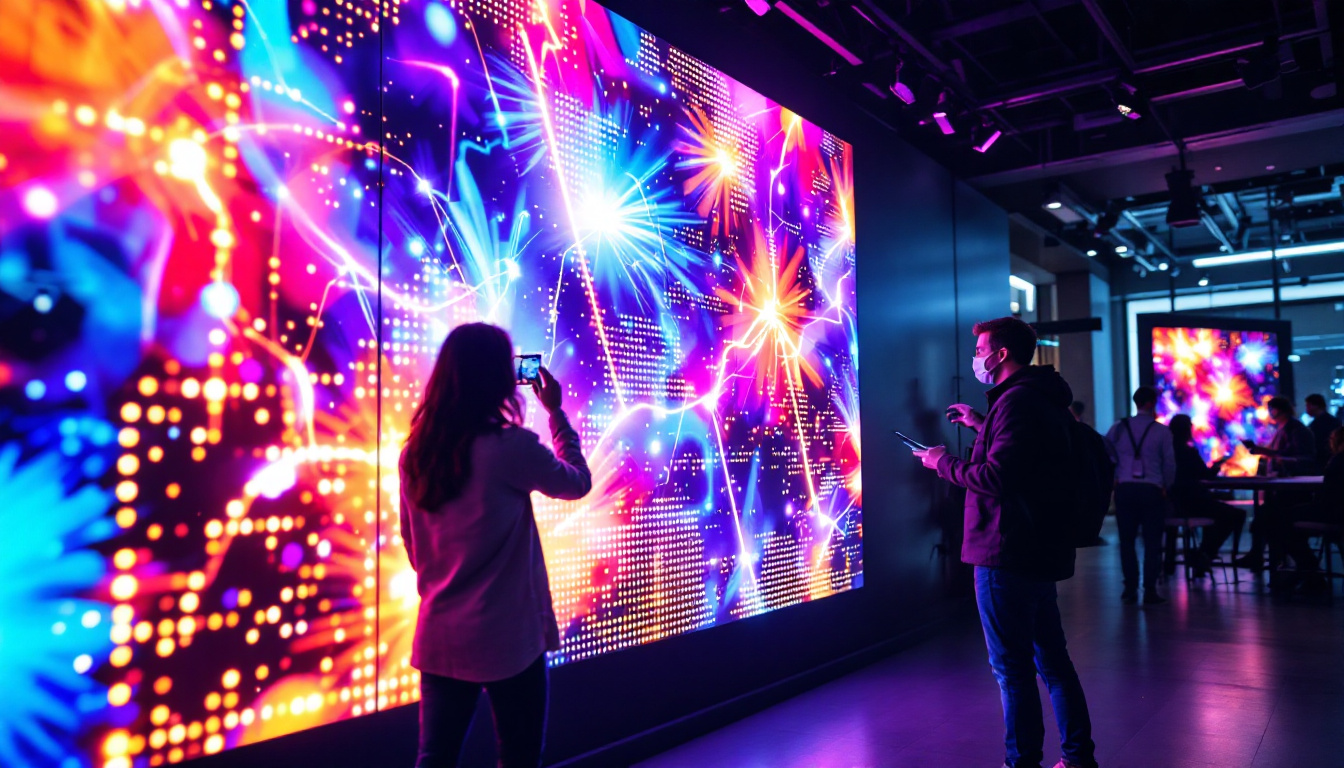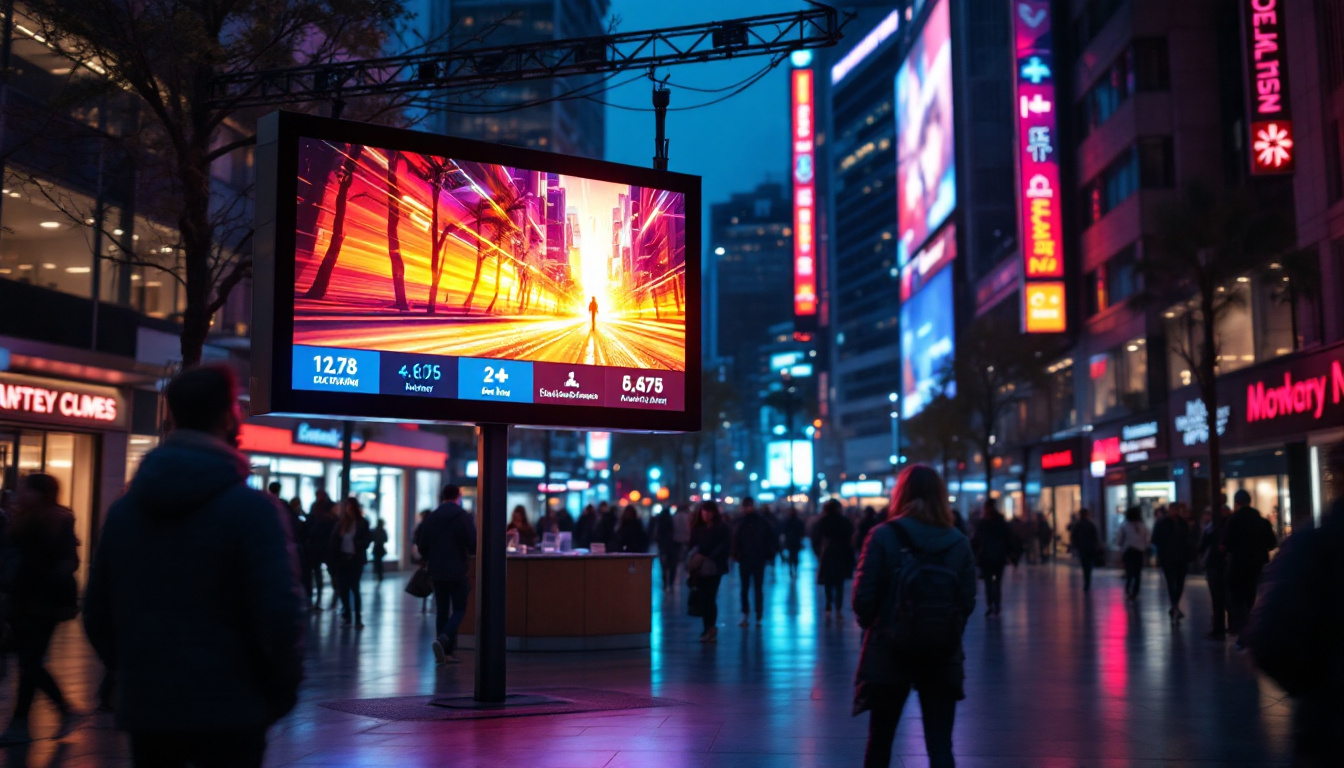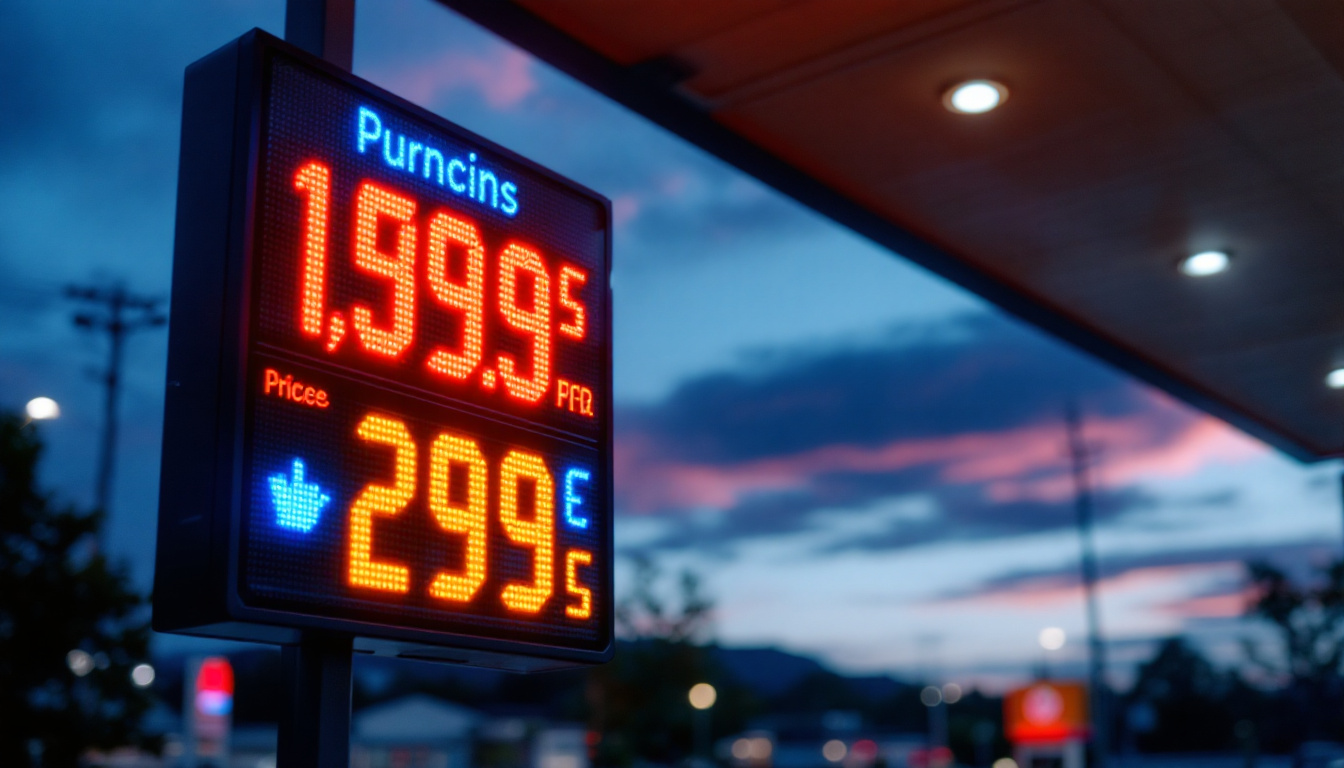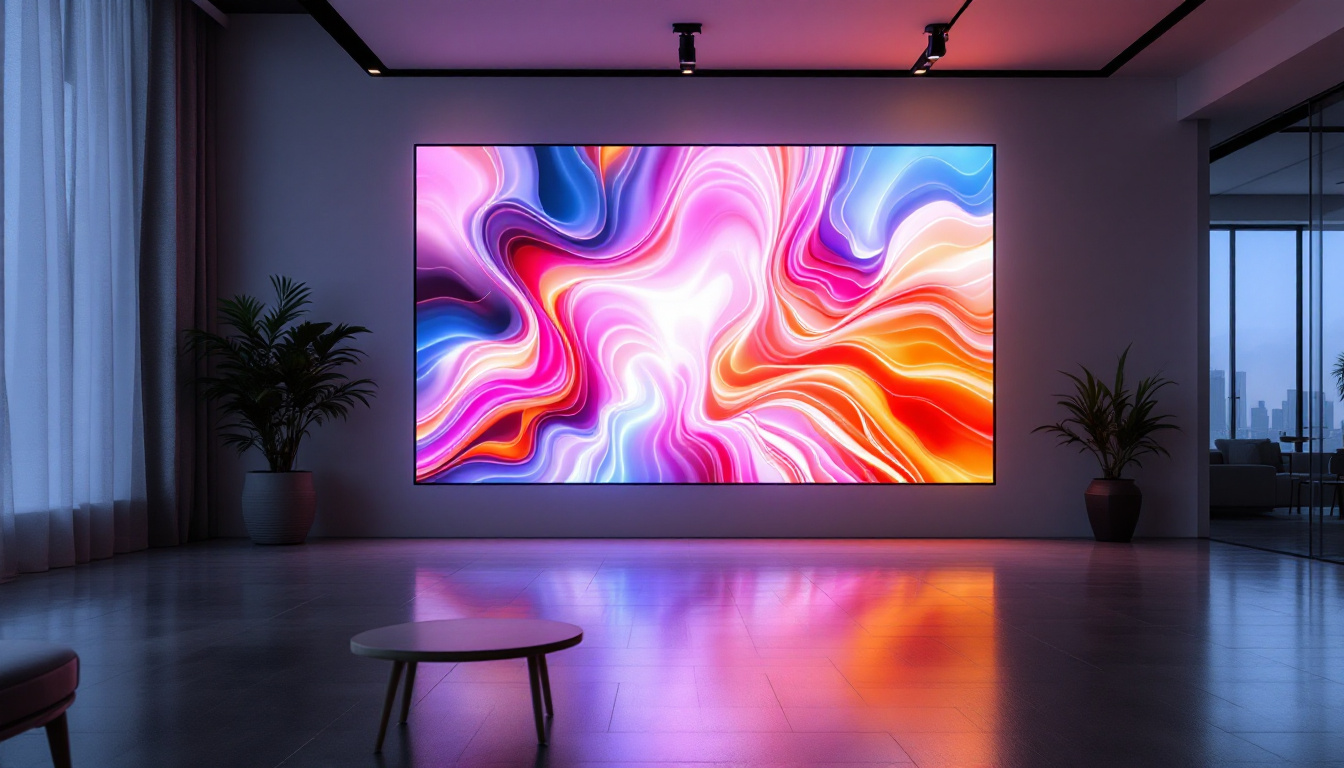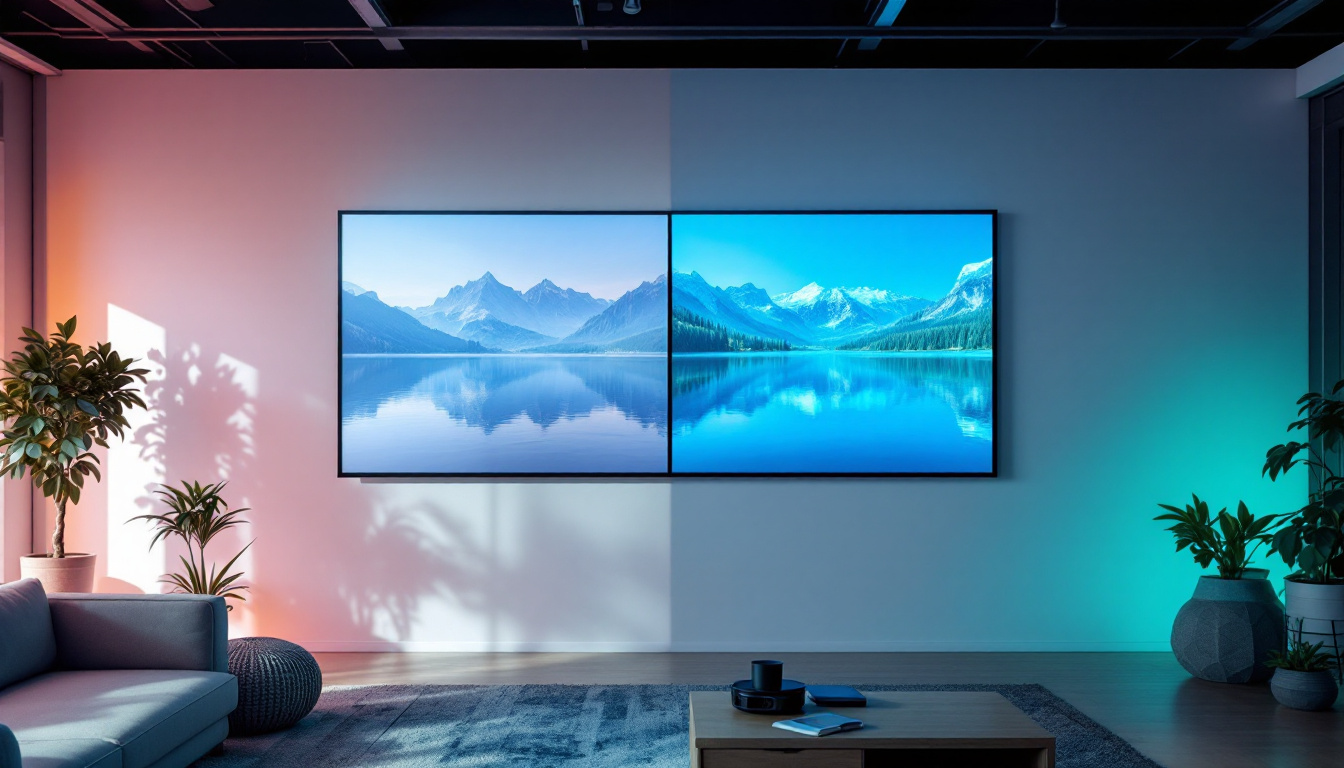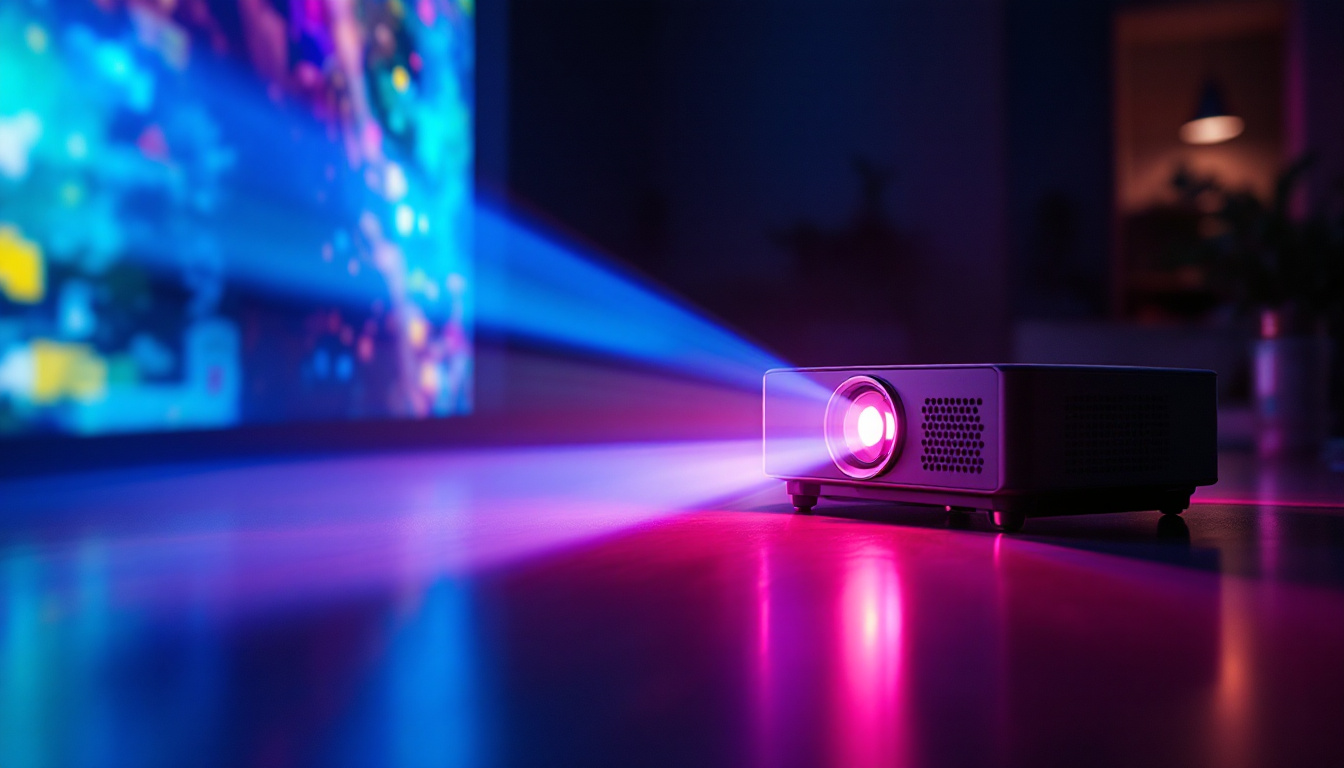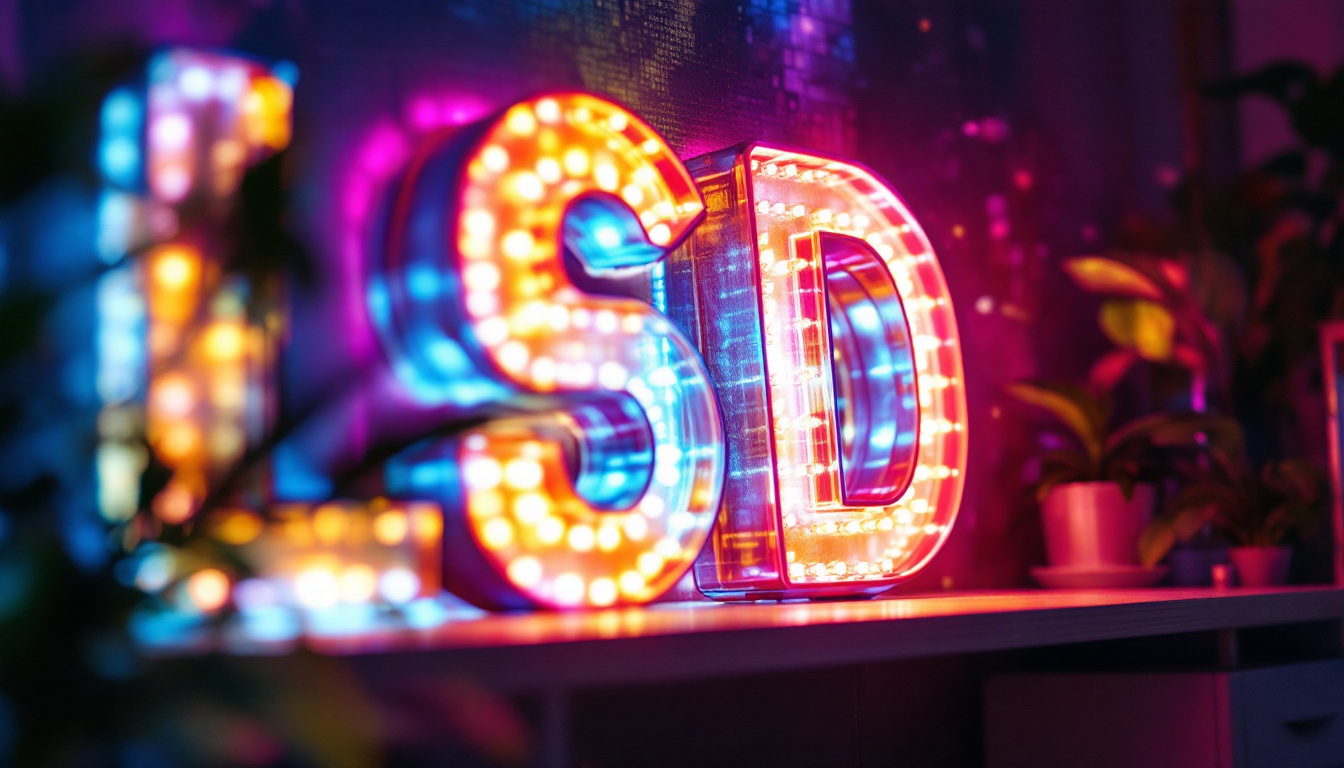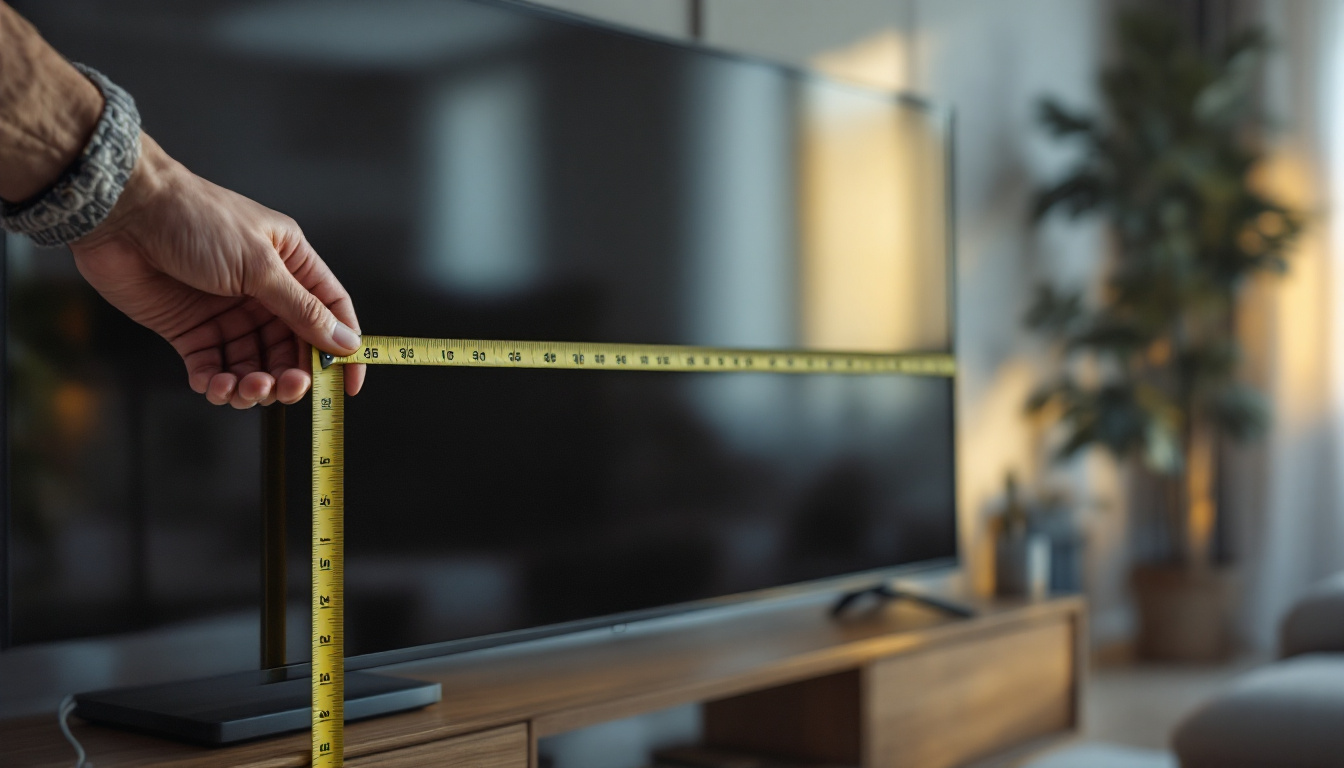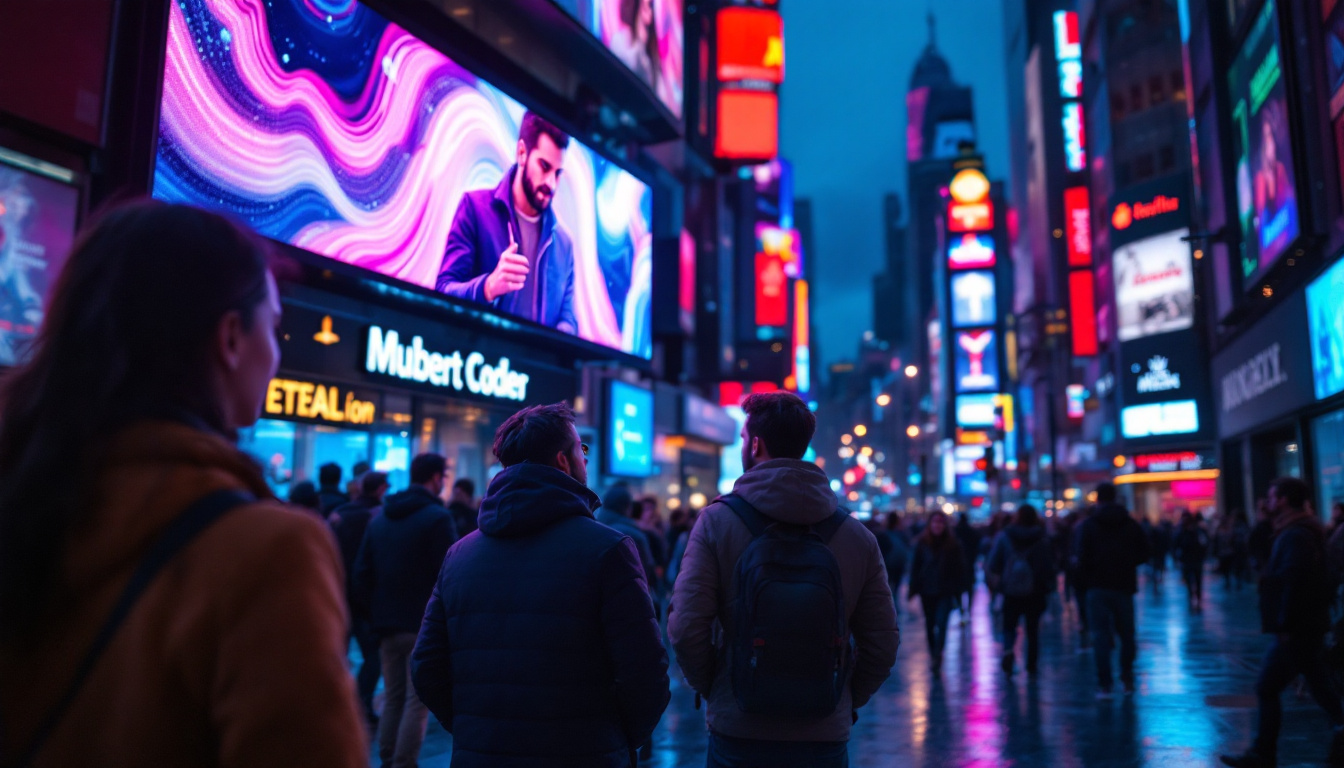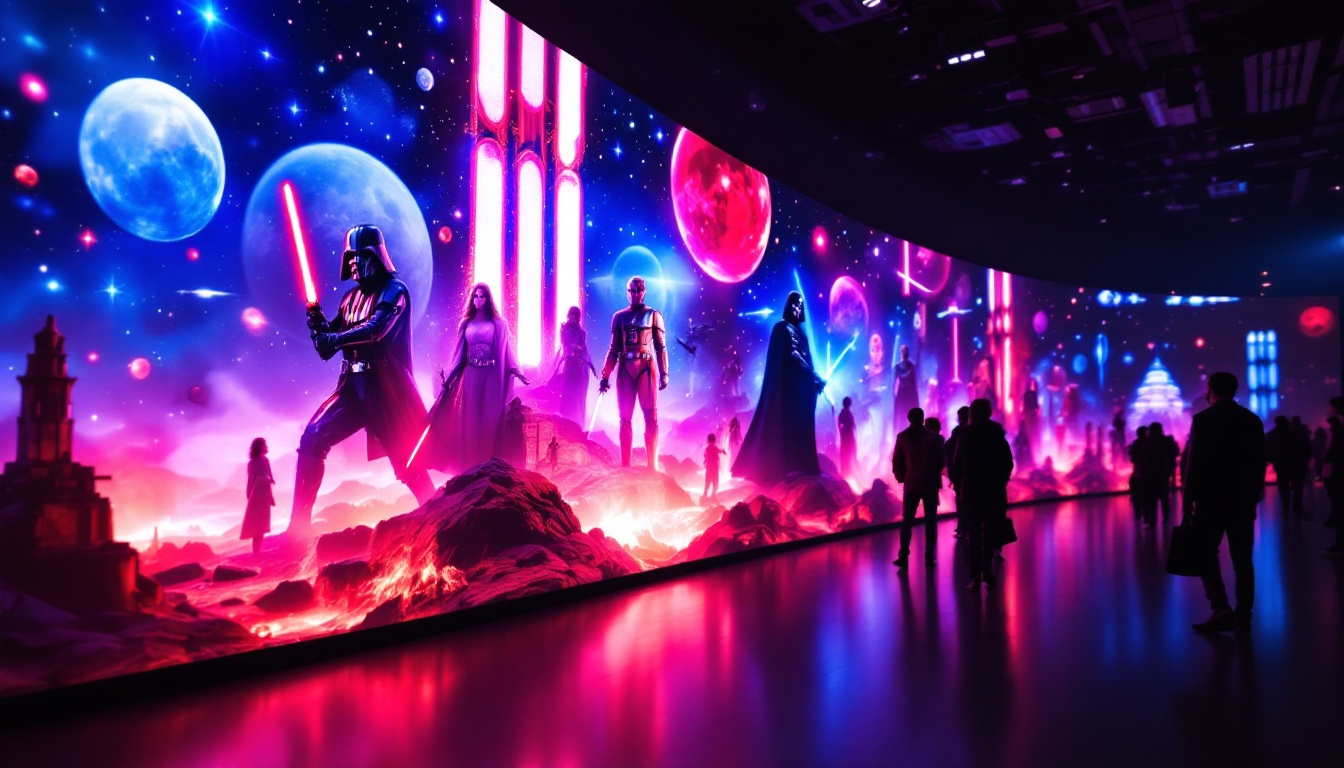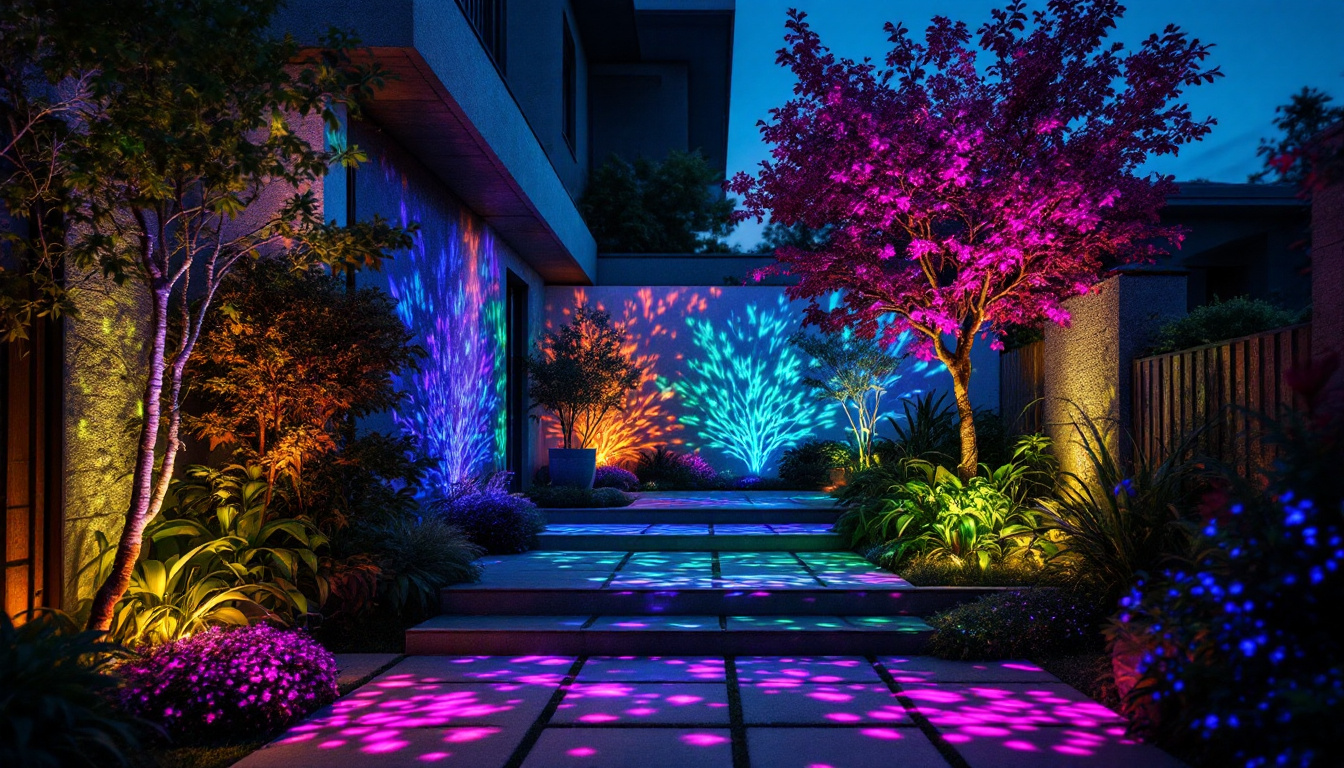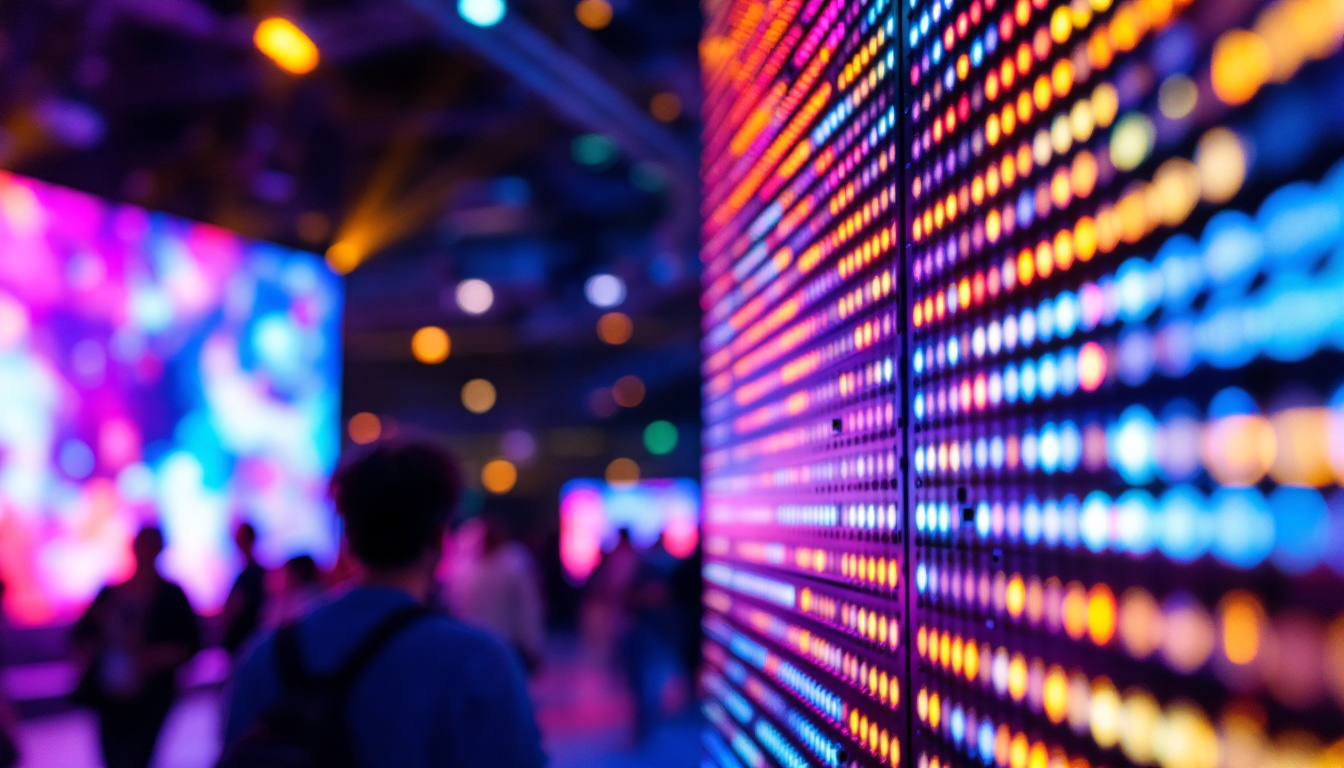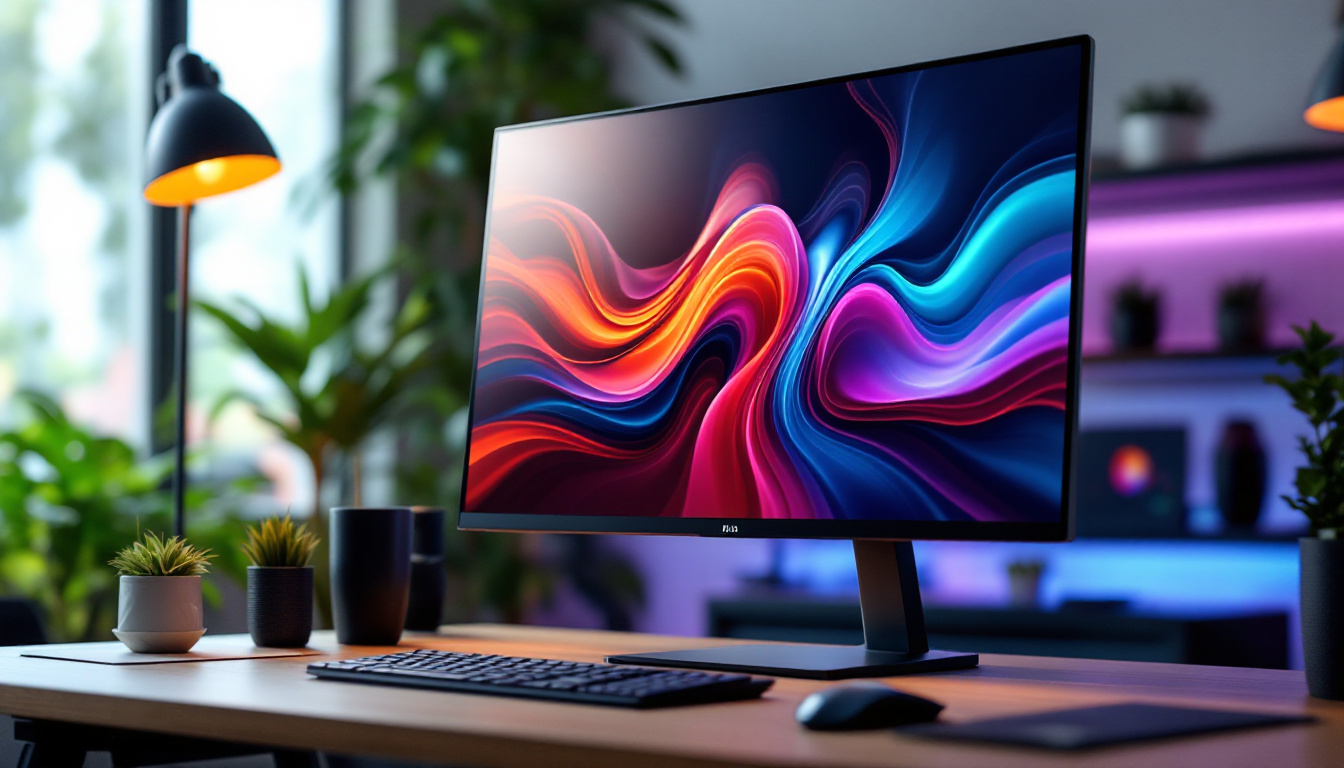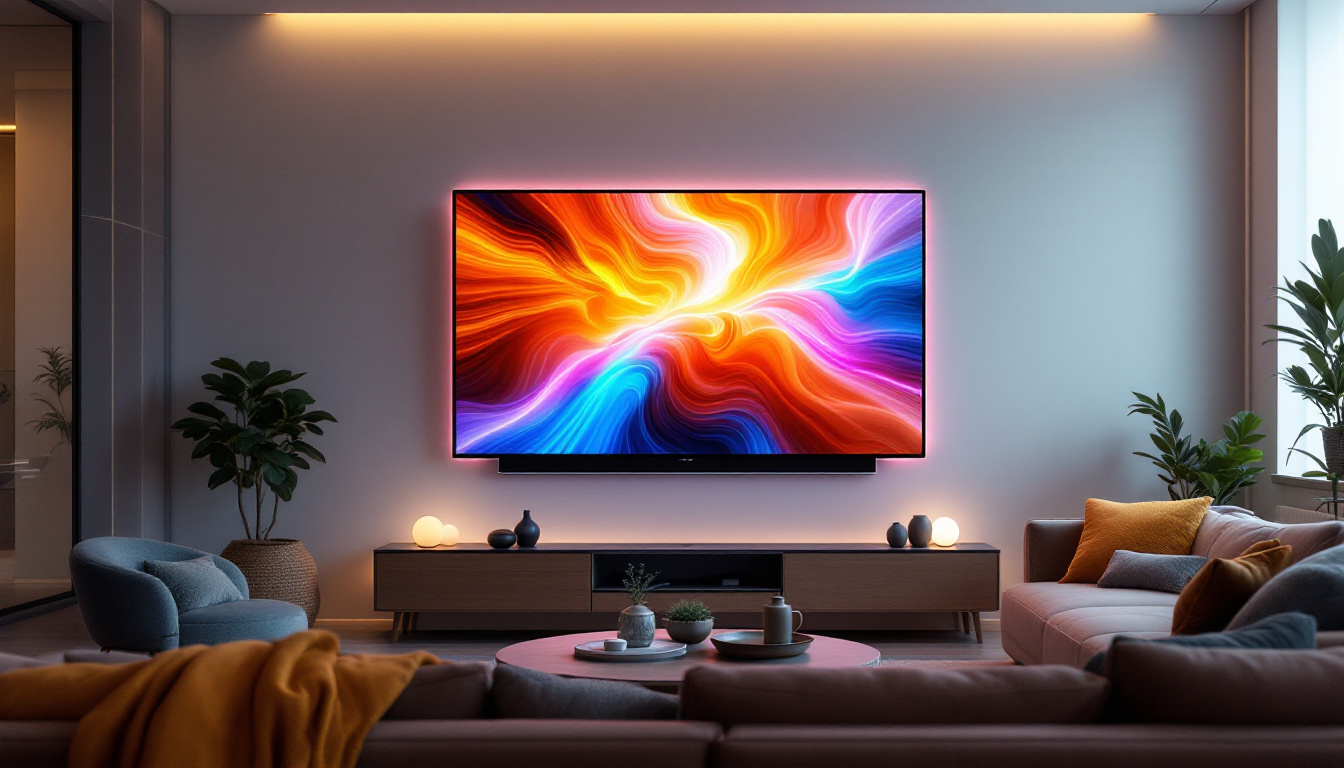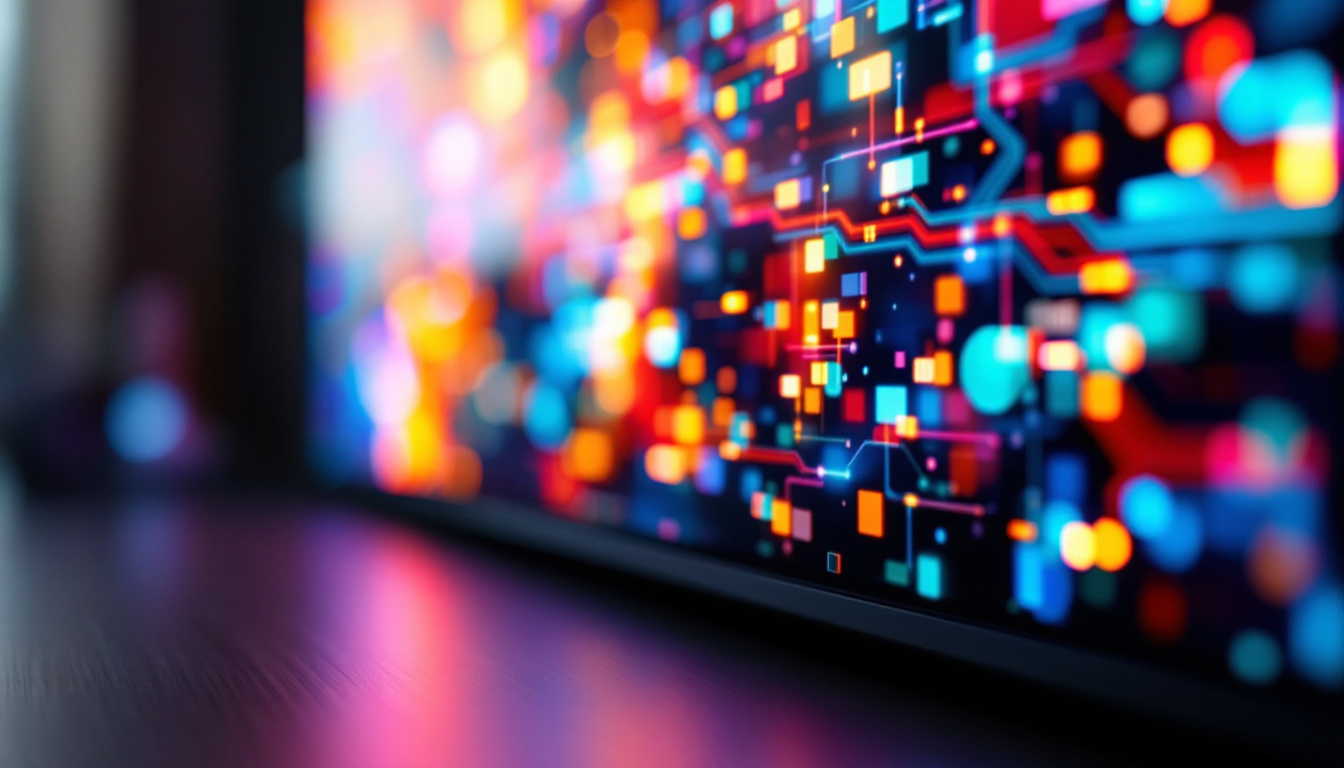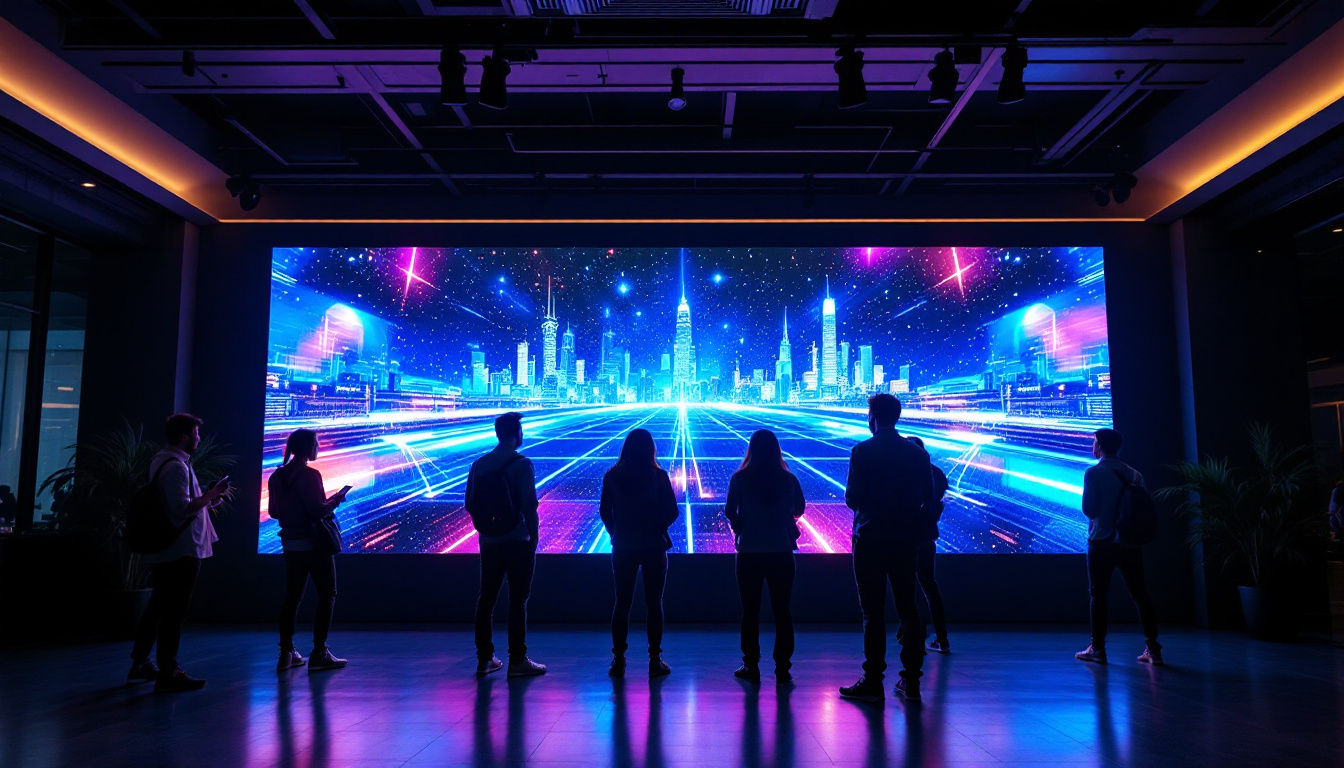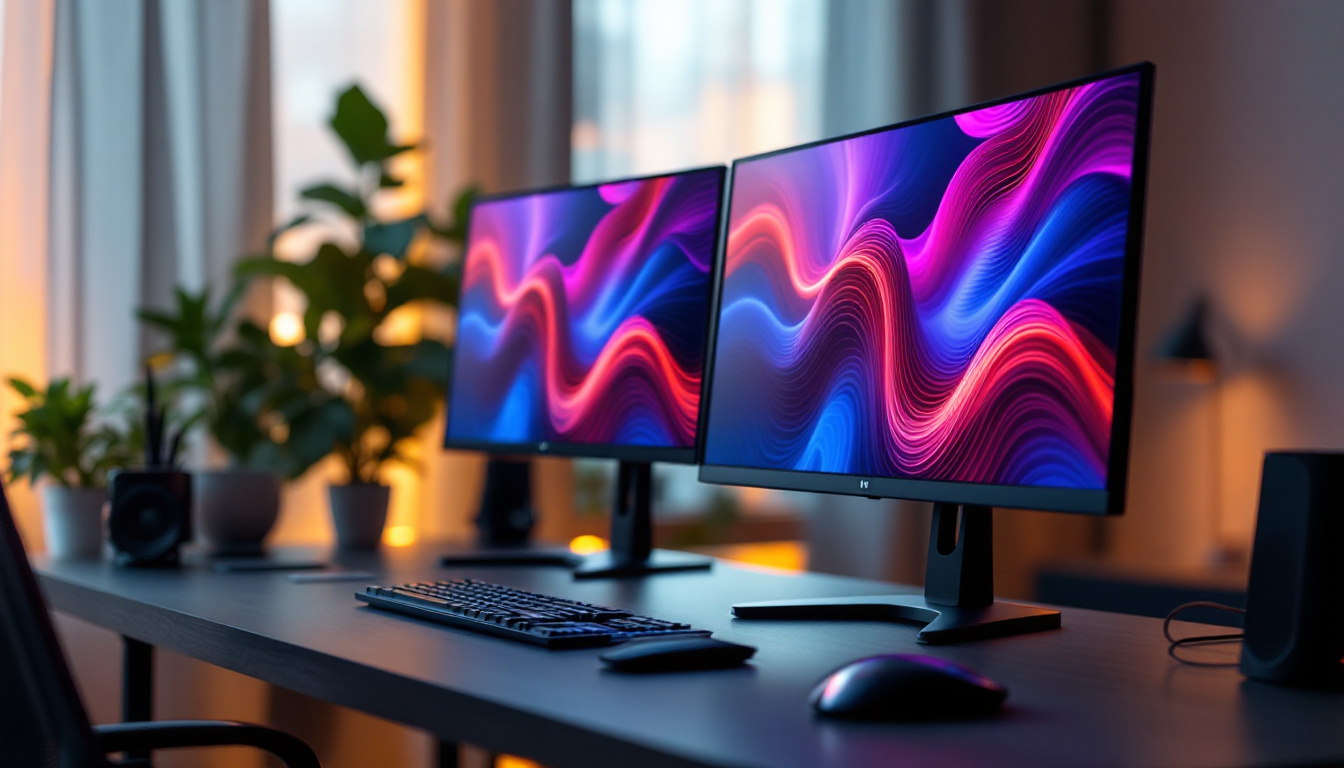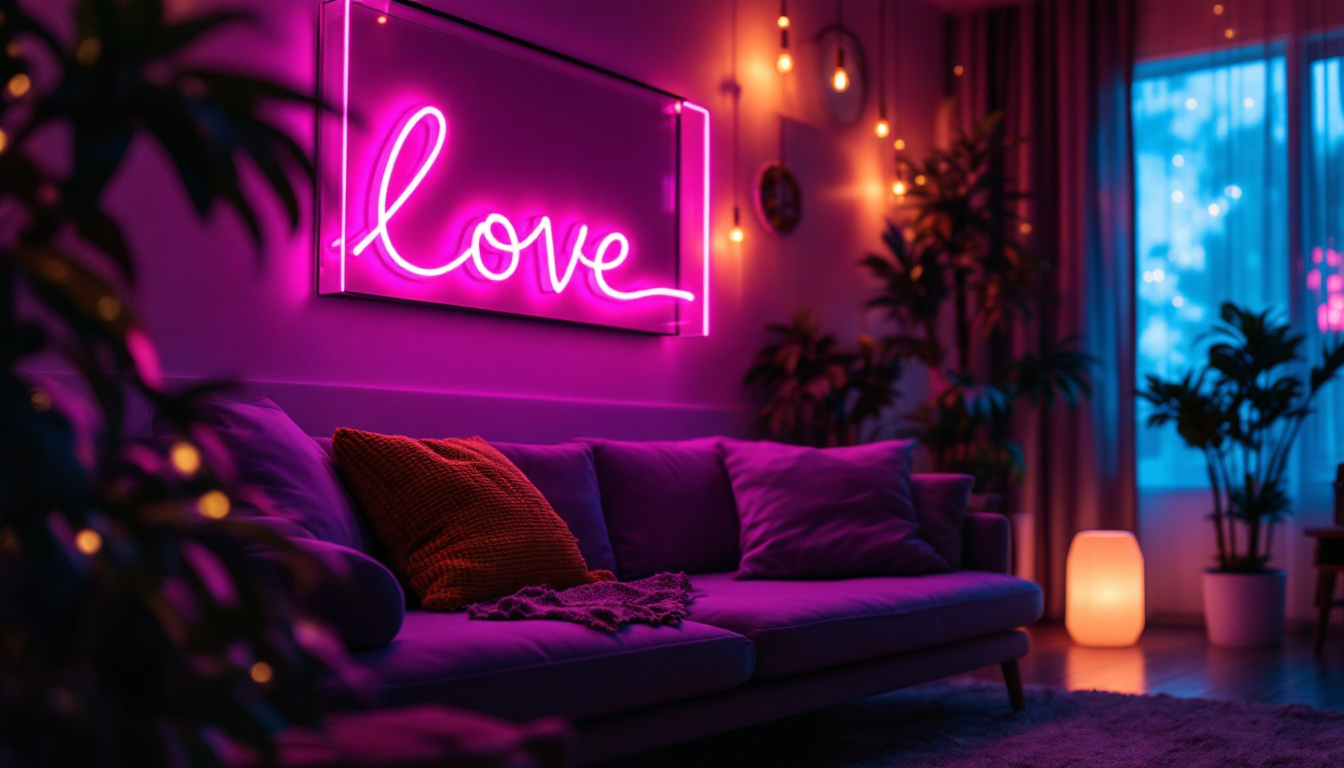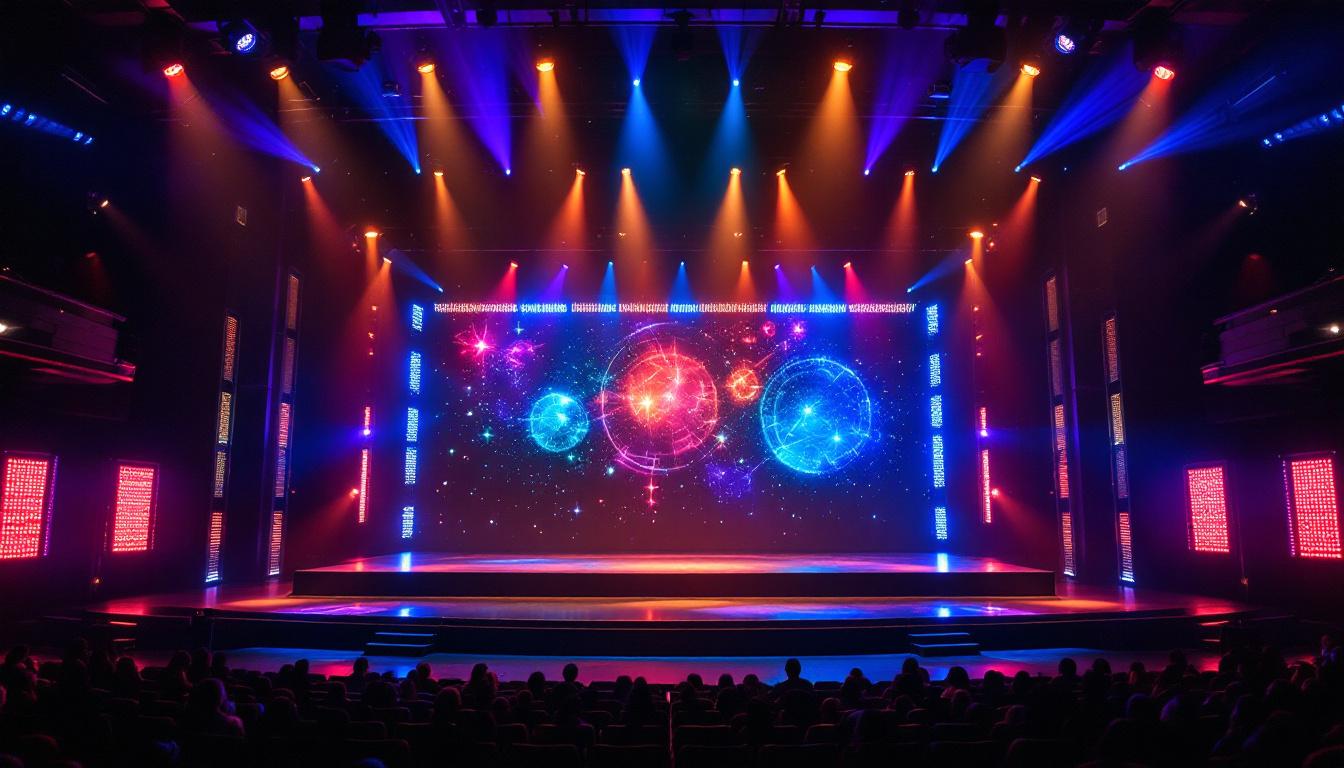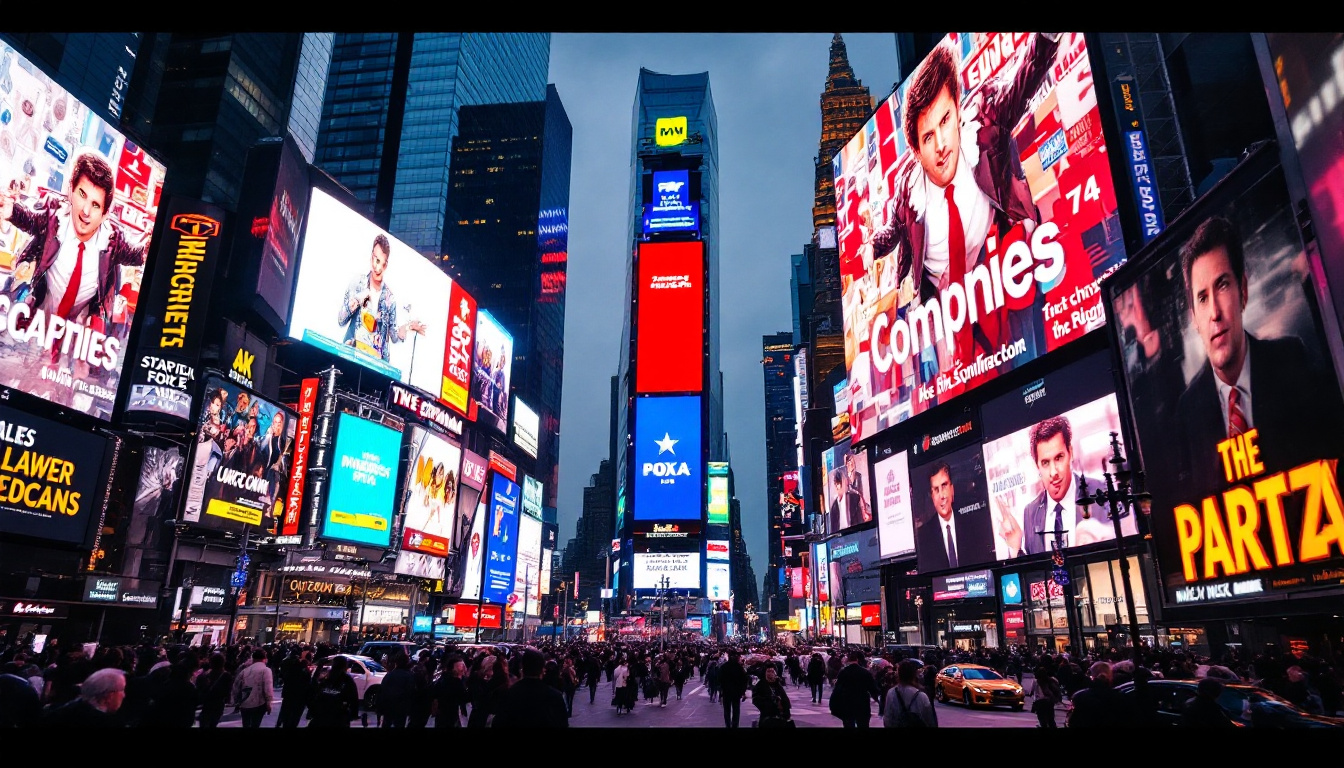In the rapidly evolving world of digital displays, flex LED screens have emerged as a versatile and innovative solution for various applications. These displays are not only visually striking but also offer flexibility in design and functionality. This article delves into the intricacies of flex LED screens, exploring their technology, applications, and benefits.
Understanding Flex LED Technology
Flex LED screens are a type of LED display that is designed to be lightweight, thin, and adaptable. Unlike traditional LED screens, flex LED displays can be bent and shaped to fit various surfaces, making them ideal for creative installations. This section will explore the underlying technology and components that make flex LED screens unique.
Components of Flex LED Screens
The primary components of flex LED screens include LED modules, flexible circuit boards, and a robust housing structure. Each of these elements plays a crucial role in ensuring the display’s performance and durability.
LED modules are the building blocks of the screen, consisting of numerous tiny light-emitting diodes that collectively create images and videos. Flexible circuit boards allow for the bending and shaping of the display, enabling it to conform to different surfaces without compromising image quality. Finally, the housing structure protects the internal components while maintaining a lightweight design. This combination of materials not only enhances the display’s resilience but also contributes to its overall aesthetic appeal, allowing designers to create visually striking installations that captivate audiences.
How Flex LED Screens Work
Flex LED screens operate on the principle of light emission from diodes. When an electric current passes through the diodes, they emit light, which can be controlled to display various colors and images. The flexibility of these screens comes from the materials used in their construction, allowing them to bend and flex without losing functionality.
Additionally, advanced technology enables these displays to achieve high resolutions and vibrant colors, making them suitable for both indoor and outdoor use. The integration of smart technology further enhances their capabilities, allowing for real-time updates and remote control. This means that businesses can showcase dynamic content that changes according to the time of day or specific events, creating an engaging experience for viewers. Furthermore, the energy efficiency of flex LED technology not only reduces operational costs but also aligns with sustainable practices, making them an environmentally friendly choice for modern advertising and entertainment solutions.
Applications of Flex LED Screens
The versatility of flex LED screens has led to their adoption across various sectors. From advertising to entertainment, these displays are transforming how information is presented and consumed. Here are some notable applications of flex LED technology.
Advertising and Marketing
In the advertising industry, flex LED screens have become a game-changer. Their ability to be installed in unconventional shapes and sizes allows brands to create eye-catching displays that attract attention. Whether it’s a curved screen wrapping around a pillar or a dynamic display on a vehicle, the creative possibilities are endless.
Moreover, the capability to update content in real-time means that advertisers can tailor their messages based on current events or audience demographics, maximizing engagement and effectiveness. This adaptability not only enhances customer interaction but also allows brands to experiment with various marketing strategies without the need for extensive reconfiguration of their displays. For instance, during sporting events, brands can quickly switch their advertisements to align with the game’s progress, ensuring they remain relevant and engaging.
Events and Entertainment
Flex LED screens are increasingly popular in the events and entertainment sectors. Concerts, festivals, and exhibitions utilize these displays to create immersive experiences for attendees. Their flexibility allows for unique stage designs and installations that enhance the overall atmosphere.
Furthermore, the lightweight nature of flex LED screens makes them easy to transport and set up, making them a preferred choice for event organizers looking for efficient solutions. The ability to create stunning visual backdrops that can change throughout a performance adds an extra layer of excitement, captivating audiences and enhancing the storytelling of live shows. Additionally, these screens can be synchronized with lighting and sound systems, creating a cohesive multimedia experience that resonates with attendees long after the event has ended.
Architectural and Interior Design
Architects and interior designers are embracing flex LED screens to enhance their projects. These displays can be integrated into walls, ceilings, and furniture, creating stunning visual elements that can transform a space. The ability to customize shapes and sizes means that designers can push the boundaries of creativity.
Additionally, flex LED screens can serve functional purposes, such as displaying information or advertisements in commercial spaces, while also contributing to the aesthetic appeal of the environment. For instance, in retail settings, these screens can showcase promotional content or product information, seamlessly blending into the store’s design. This dual functionality not only maximizes the use of space but also engages customers in a visually striking manner. Moreover, as technology advances, the integration of smart features into flex LED screens allows for interactive displays, enabling users to engage directly with the content, further enhancing the overall experience in both commercial and residential environments.
Benefits of Flex LED Screens
The growing popularity of flex LED screens can be attributed to the numerous benefits they offer. From enhanced visual quality to design flexibility, these displays provide significant advantages over traditional options.
High-Quality Visuals
One of the standout features of flex LED screens is their ability to deliver high-quality visuals. With advancements in LED technology, these screens can achieve impressive resolutions and vibrant color accuracy. This makes them ideal for showcasing detailed images and videos, ensuring that content is presented in the best possible light.
Moreover, the brightness of flex LED screens allows them to be used effectively in various lighting conditions, whether indoors or outdoors, making them a versatile choice for many applications.
Flexibility and Customization
The flexibility of these displays is perhaps their most significant advantage. Flex LED screens can be shaped to fit almost any surface, allowing for creative installations that were previously impossible with traditional screens. This adaptability opens up new possibilities for designers and advertisers alike.
Furthermore, customization options extend beyond shape and size. Flex LED screens can be programmed to display dynamic content, enabling businesses to tailor their messaging to suit different audiences and occasions.
Cost-Effectiveness and Durability
While the initial investment in flex LED screens may be higher than traditional displays, their long-term cost-effectiveness is undeniable. These screens are designed to be durable and long-lasting, reducing the need for frequent replacements. Additionally, their energy-efficient operation can lead to lower electricity bills over time.
Flex LED screens are also resistant to environmental factors, making them suitable for both indoor and outdoor applications. This resilience further enhances their value, as they can withstand various conditions without compromising performance.
Challenges and Considerations
Despite their many advantages, flex LED screens also come with challenges that potential users should consider. Understanding these challenges can help in making informed decisions regarding their implementation.
Installation and Maintenance
The installation of flex LED screens can be more complex than traditional displays due to their unique characteristics. Proper installation is crucial to ensure optimal performance and longevity. It may require specialized skills or tools, which can add to the overall cost.
Maintenance is another consideration. While flex LED screens are generally durable, they still require regular checks and servicing to ensure they function correctly. Establishing a maintenance schedule is essential to prevent potential issues and extend the lifespan of the display.
Initial Investment
The upfront cost of flex LED screens can be a barrier for some businesses. While the long-term benefits often outweigh the initial investment, it’s essential to evaluate budget constraints and return on investment (ROI) before making a decision.
Organizations should conduct a thorough analysis of their needs and potential benefits to determine whether the investment aligns with their goals and objectives.
The Future of Flex LED Technology
The future of flex LED technology looks promising, with continuous advancements on the horizon. As technology evolves, so too will the capabilities and applications of flex LED screens.
Innovations in Flexibility and Design
Research and development in materials science are likely to lead to even more flexible and lightweight designs. This could result in screens that can bend and twist in ways that are currently unimaginable, opening up new avenues for creative expression in advertising, architecture, and entertainment.
Moreover, innovations in LED technology may enhance the visual quality further, leading to even brighter and more vibrant displays that can capture audience attention more effectively.
Integration with Smart Technology
The integration of smart technology into flex LED screens is another exciting development. As the Internet of Things (IoT) continues to grow, flex LED displays may become even more interactive, allowing for real-time data integration and audience engagement.
Imagine a flex LED screen that can change its content based on audience behavior or environmental factors. Such advancements could revolutionize how businesses communicate with their customers, making displays more dynamic and responsive.
Conclusion
Flex LED screens represent a significant advancement in display technology, offering unparalleled flexibility, high-quality visuals, and innovative applications across various sectors. While there are challenges to consider, the benefits often outweigh the drawbacks, making them a worthwhile investment for many businesses.
As technology continues to evolve, the future of flex LED screens looks bright, with new innovations poised to enhance their capabilities further. Embracing this technology can lead to creative solutions that engage audiences and elevate brand presence in an increasingly competitive landscape.
Discover LumenMatrix’s Innovative LED Displays
Ready to elevate your visual communication and create experiences that resonate with your audience? LumenMatrix is at the forefront of LED display technology, offering a wide array of solutions tailored to your unique needs. From mesmerizing Indoor LED Walls to dynamic Outdoor LED Displays, and from mobile Vehicle LED Displays to interactive Floor LED options, our products are designed to captivate and engage. Embrace the future of digital signage with LumenMatrix and transform your space into a visual spectacle. Check out LumenMatrix LED Display Solutions today and step into a world of vivid imagery and boundless creativity.

